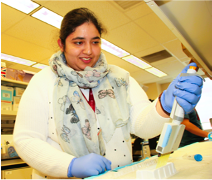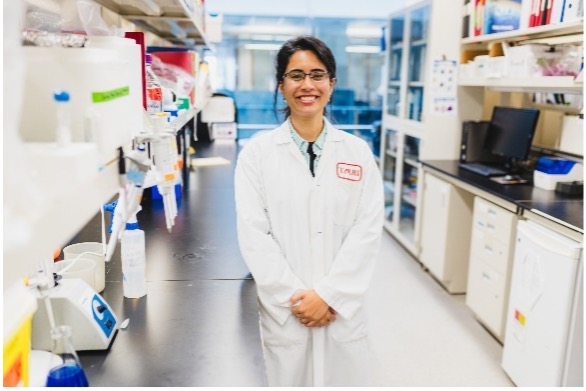TaARI investigators reveal new role for blood factor to prevent clotting on catheters

Histidine-rich glycoprotein attenuates catheter thrombosis
Why did you carry out this study?
Blood vessel catheters are important medical devices implanted in patients to deliver drugs and nutrients, and to perform medical tasks such as angiography and stent deployment. Catheters are prone to cause clotting (thrombosis) which causes catheter failure or embolization, where a part of the clot travels elsewhere in the body and causes further complications.
How did you carry out your research?
We investigated whether an abundant plasma protein called histidine-rich glycoprotein (HRG) could prevent catheter thrombosis. HRG has numerous functions in the blood and our prior work has shown it has a considerable attenuating effect on initiation of clotting. We examined whether HRG could prevent clotting caused by catheter segments in test tubes. Then we examined whether this could be repeated in rabbits with catheters inserted in a vein. We blocked production of HRG in the rabbit using anti-sense oligonucleotide technology to show that clotting was accelerated on the catheter when HRG was absent.
What was your most important discovery?
This study revealed that catheters initiate clotting and that this is attenuated by HRG in the blood. We also revealed the main cause of catheter clotting was via clotting factor XII.
How does this research advance the field?
 This study reveals that factor XII and HRG are the key initiator and regulator of catheter thrombosis, respectively. We are investigating whether smaller portions or synthetic agents derived from HRG could be developed into anticoagulants for use in patients undergoing medical procedures involving catheters. This would improve the effectiveness of catheters and reduce complications.
This study reveals that factor XII and HRG are the key initiator and regulator of catheter thrombosis, respectively. We are investigating whether smaller portions or synthetic agents derived from HRG could be developed into anticoagulants for use in patients undergoing medical procedures involving catheters. This would improve the effectiveness of catheters and reduce complications.
This research paper received a commentary in the Blood Advances journal (https://doi.org/10.1182/bloodadvances.2023011006).

• HRG depletion with an ASO enhances catheter thrombosis in rabbits, whereas FXII depletion attenuates it.
Related News
News Listing

TaARI investigators reveal new roles of heparin in protecting against the harmful effects of circulating histones
Publications
December 19, 2023
